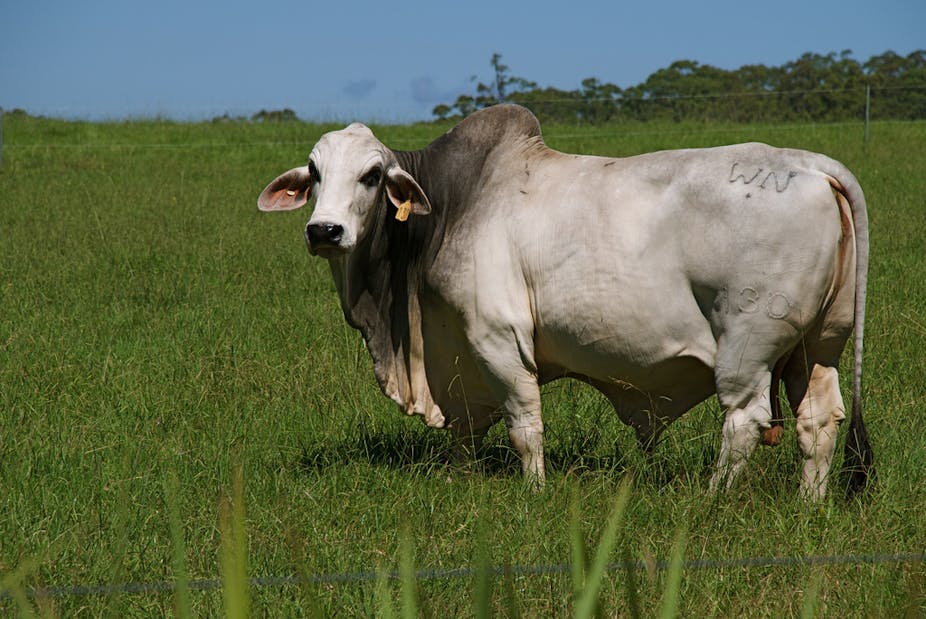Tropical grass-fed cattle in Australia’s north, which constitute half of the country’s beef industry, emit up to 30% less of the greenhouse gas methane than first thought, CSIRO scientists have found.
The discovery means Australia’s overall greenhouse gas footprint and the northern cattle industry’s contribution to it may have been over-estimated.
The northern cattle industry covers most of Queensland, the Northern Territory and parts of the Pilbara in Australia’s north-west.
The study placed 18 Brahman cows in a custom-built chamber, where they were fed tropical grasses and their methane emissions calculated. The experiment was repeated over the course of a year and a half, with results showing emissions were much lower than expected.
“Our research has shown that equation that was used before (to calculate methane emissions) is probably too high. Based on a much broader data set and with improved technology, we have come up with an equation that suggests the emissions are 30% lower,” said CSIRO research leader Dr Ed Charmley.
He said the findings related only to the northern herd and could not be extrapolated to the rest of the Australian cattle industry but that the results could be used to recalculate Australia’s greenhouse gas accounts.
“The research findings will be looked at by the Department of Climate Change to see if they decide whether or not to use those in upgrading the estimates,” he said.
About 50% of the nation’s cattle are farmed in northern Australia, contributing about 4.5 per cent to Australia’s greenhouse gas emissions.
Changing the type of diet the cattle are fed could drive their emissions down further, with the research showing cows that eat the legume tree Leucaena produce less methane than tropical grass-fed cows.
Beef cattle produce about 200 grams of methane a day, or about 1.5 tonnes of CO2 equivalents per animal every year.

